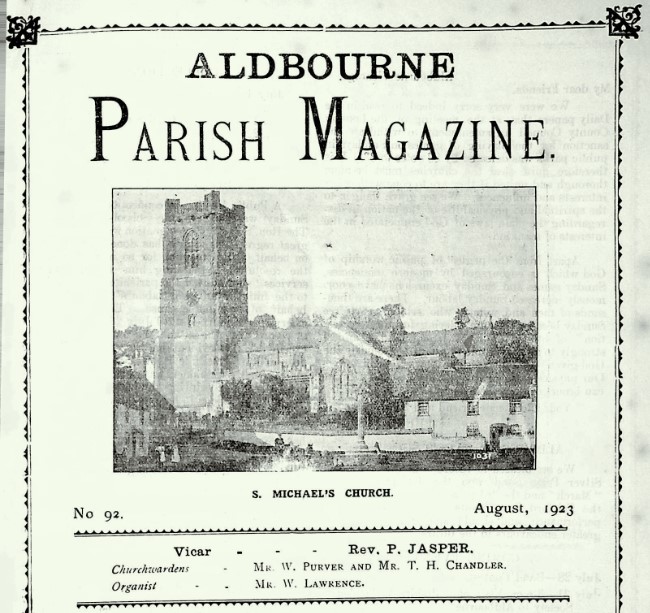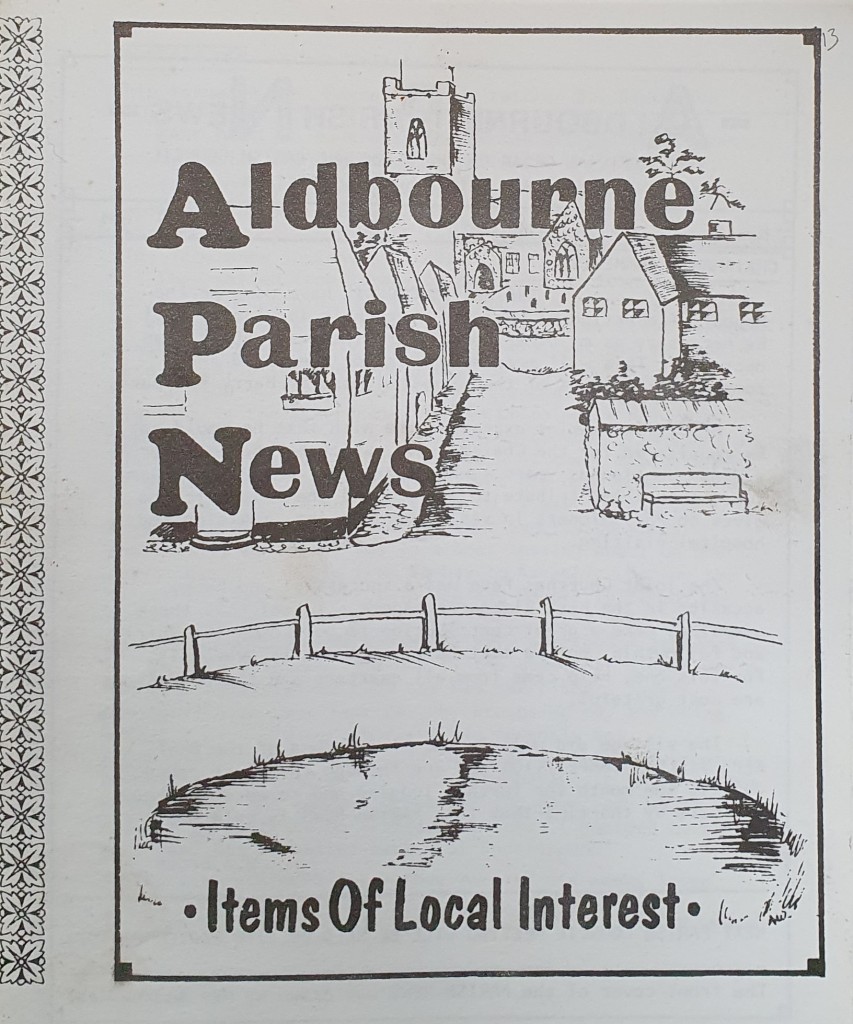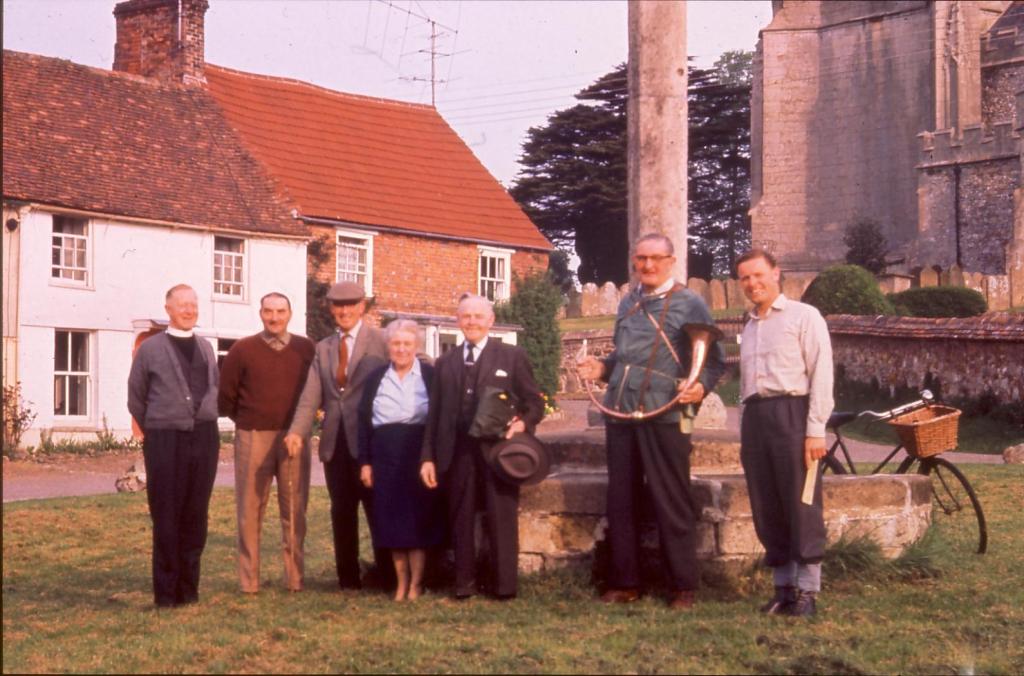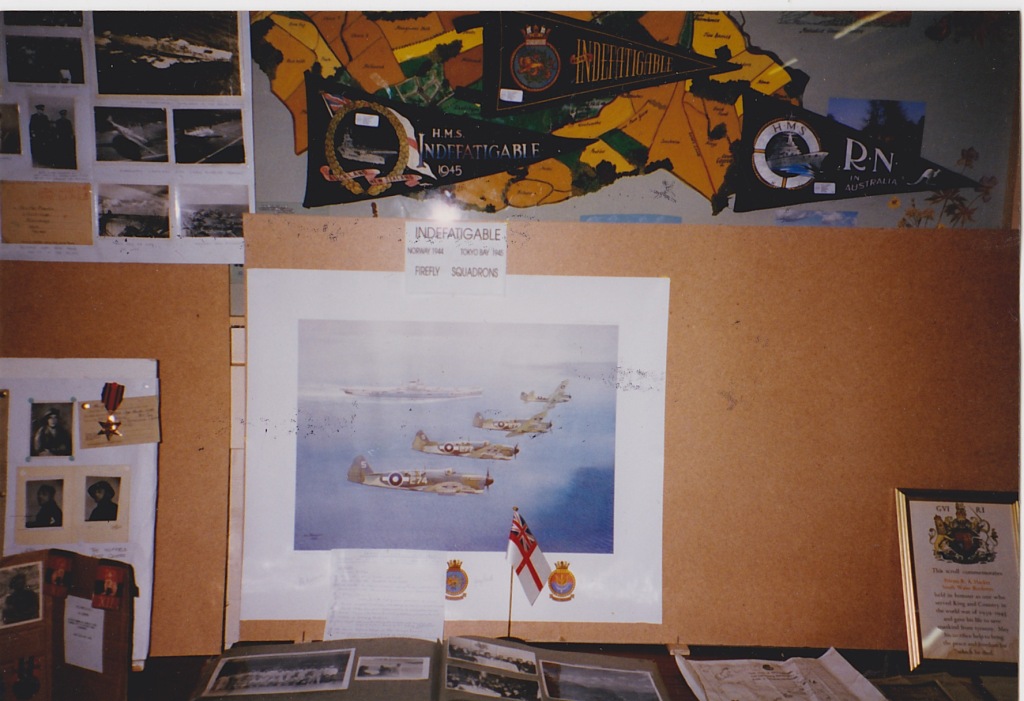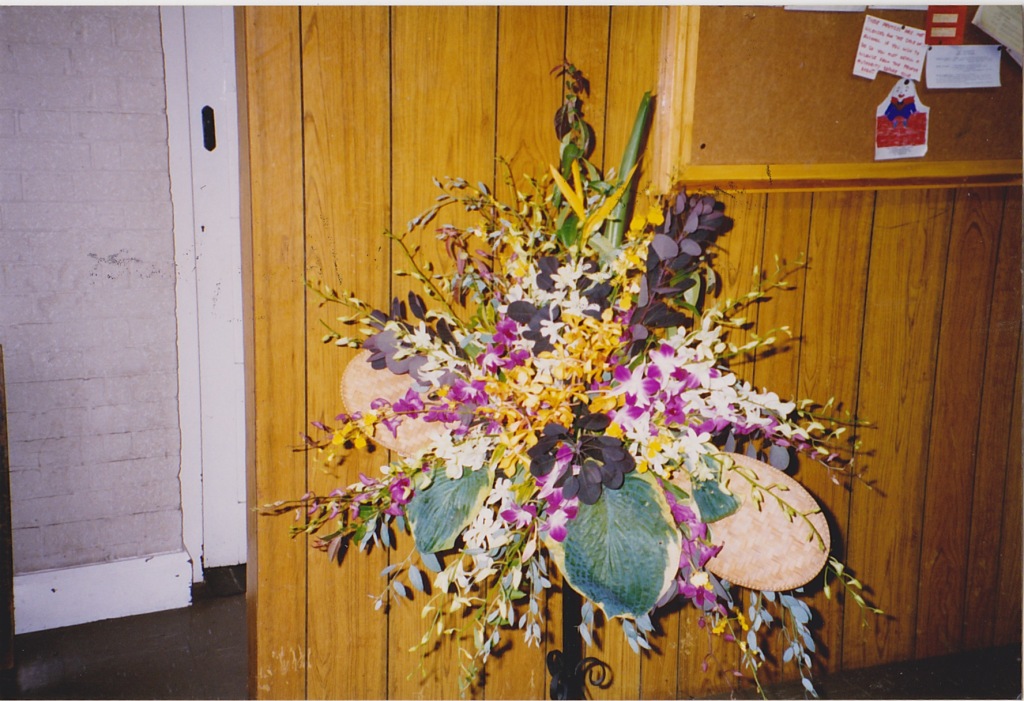Thanks to the Archives & Records Association Scotland, April is a busy month on-line for Archives, Archivists and other interested folk. Using social media in a fun and positive way, we share themed snippets following a daily hashtag. As can be seen from the photo below, the prompt for 3 April 2024 was #ColourfulArchives At first, I wasn’t quite sure what angle to take or whether there was anything that would suit the hashtag in the collection.

However, when I started to think about the topic of colour photography within the context of Aldbourne, it quickly became apparent that was a subject worthy of in depth study. Starting with the simple lack of colour for so many of our archive photos; a monochrome glimpse into the village past. So much detail for people and faces, streets and buildings, village events and occasions; but part of me would love to know the colours worn in outfits and hats, for bunting and flowers. However, we are very fortunate to have the memories recorded in the huge collections of photos that we have to hand, and to be able to share them around the world on-line.
Looking back now at parish magazines it seems that the first pop of colour arrived in 1971.

The third edition of the Parish News (December 1971) had white pages for news and pink for the advertisements. It also sported a heavier weight cover with smart gold lettering. This cover was printed at the Quintain Press. The magazine itself was printed in Tony Gilligan’s workshop from 1971 until the last edition following his death in 1990. I notice that Quintain Press also printed the first edition of The Aldbourne Chronicle in 1974. Maurice Crane expressed his thanks in a dedication to Mr Richard Tralls and Mr Peter Tralls for their work in the production of his book. Aldbourne Our Village – an appraisal, undertaken by the Parish Council during the mid-seventies, was also printed by Quintain Press, Aldbourne.
The Dabchick magazine came next, the first edition was produced for December 1990 but it wasn’t until the 100th issue that the magazine featured colour. The cover featured a beautiful watercolour by local artist Andrea West. This was particularly appropriate, since Andrea created the sketch of the church and pond that appeared on the early editions of the Parish News in 1971.
In June 2008 the front cover photo of The Dabchick celebrated the 90th anniversary of the Aldbourne Women’s Institute, with colour photographs. Thanks to the hard work of everyone concerned with our village magazine, the front cover (and indeed now the whole publication) is brought to us in glorious technicolour!

Andrea West’s paintings were set to music for an on-line gallery during lockdown in 2020 – see the link below and listen to the mellow tones of Aldbourne Band https://aldbournearchive.wordpress.com/2020/07/08/andrea-west-lockdown-virtual-art-gallery-2020/



